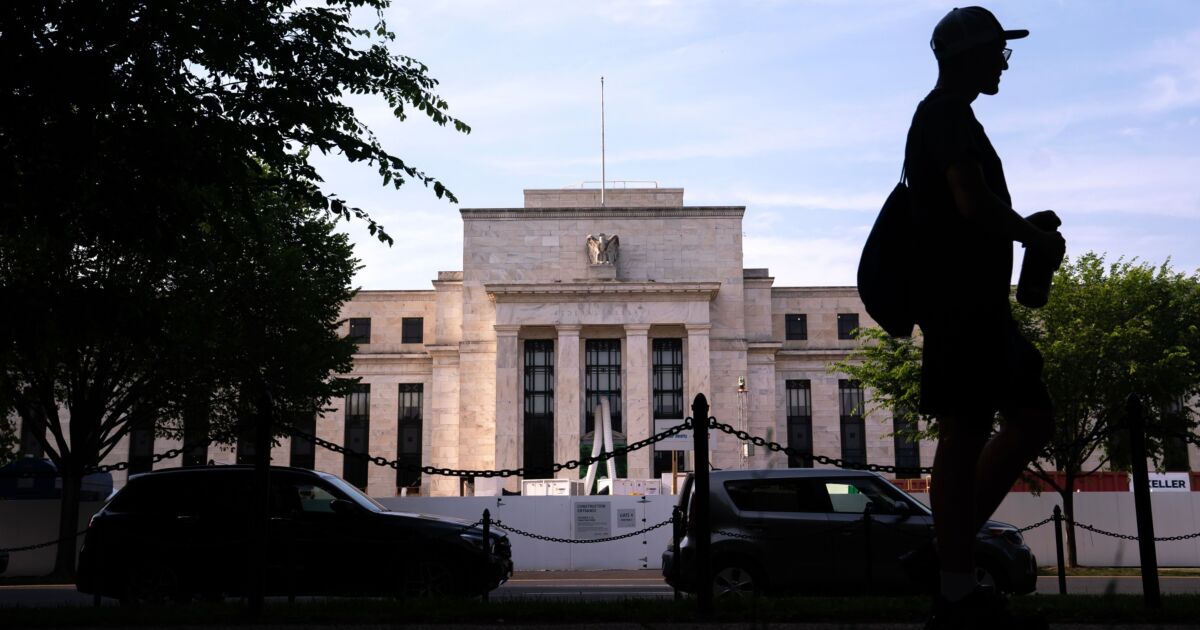
The Federal Reserve's preferred measure of underlying U.S. inflation and household spending rose modestly in August, underscoring a cooling economy.
The so-called core personal consumption expenditures price index, which excludes volatile food and energy items, increased 0.1% from July, according to Bureau of Economic Analysis data out Friday. On a three-month annualized basis, the measure rose 2.1%, in line with the central bank's target.
Spending also rose 0.1% after adjusting for inflation. Nominal personal income increased 0.2% and the saving rate eased to 4.8%.
Treasury yields and the dollar fell on expectations the figures will keep the Fed on track for more rate cuts in the coming months while fueling ongoing debate over how big the reductions should be. The central bank opted for an outsize half-point cut this month to kick off its easing cycle, and investors are split over whether it will take a similar step or opt for a smaller move in November, according to futures.
"The modest rise in consumer inflation in August on its own provides strong reason for the Fed to continue easing the still restrictive monetary policy stance," Kathy Bostjancic, chief economist at Nationwide, said in a note. "The tepid 0.1% rise in real consumer spending in August underscores that consumers are becoming more frugal in their spending and that the momentum in spending is slowing."
Details of the August inflation numbers showed a broad cooling. Services prices excluding housing and energy rose 0.2% for a second month. Goods prices minus food and energy declined 0.2%, the most in three months.
The spending data also points to an economy that's gradually slowing this year. Overall services spending, which makes up the bulk of household consumption, rose 0.2% in August, marking the smallest three-month gain since October 2023. Goods spending was unchanged following a solid advance in July.
What Bloomberg Economics Says..."The downside surprise in August's personal income, spending and inflation data validate the Fed's decision earlier this month to cut policy rates by 50 basis points. Income growth is cooling, helping to make consumers more discerning in their spending habits. As underlying inflation pressures wane, we think the Fed increasingly will emphasize the full-employment side of its dual mandate." —Stuart Paul, Eliza Winger and Estelle Ou
Wages and salaries rose by the most since May. Still, growth in overall disposable income slowed, restrained by declines in proprietors' income, interest income and dividend income.Separate data published Friday by the Census Bureau showed the advance goods trade deficit narrowed in August to $94.3 billion — the least since March — while growth in wholesale and retail inventories moderated. Results of a Bloomberg survey showed forecasters expect inflation to return to the Fed's 2% target by early next year.
Friday's data follow annual revisions to gross domestic product data published Thursday by the BEA, which showed faster economic growth and more saving — fueled by higher incomes — than previously reported in 2022 and 2023.
The Bureau of Labor Statistics will provide a monthly update on hiring and unemployment for September on Oct. 4.



